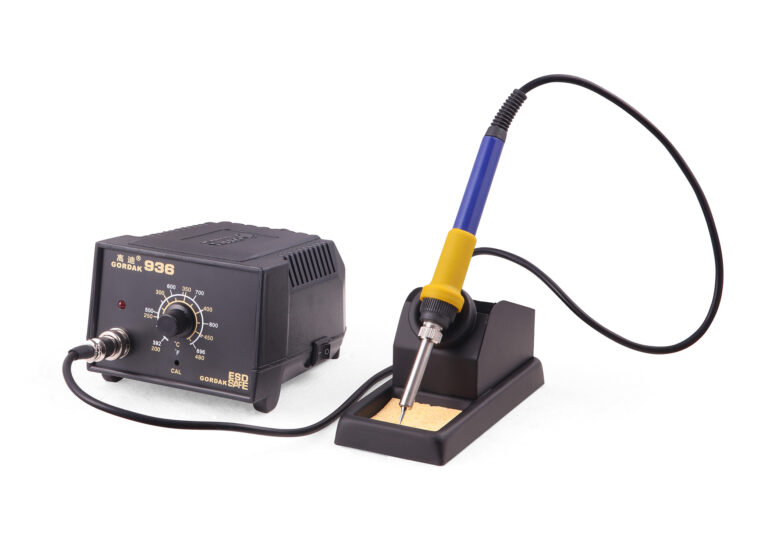Your assembly and rework package should always include PCB Preheaters of some kind. But this isn’t usually the case, especially among many soldering experts.
We intend to throw some light on preheaters in this article, providing you with a better understanding of their advantages.
What Is a PCB Preheater?
For rework applications involving large ground planes or multi-layered PCBs, the use of a preheater is essential. It aids in preventing heat shock and makes the soldering and desoldering procedure easier.
When a PCB is preheated, the temperature of the entire assembly process is gradually raised from room temperature to a temperature slightly below the solder melting point.
Controlled temperature profiles are used to monitor components. This complies with the suggested upper limit values for each application.
Benefits of PCB Preheaters
1. Activates Flux
Once the soldering iron has been applied to the wire, the flux will burn off. It is an essential step in the soldering process that aids in preventing oxidation and maintains a solid solder bond.
When the flux is activated on a warmed PCB, the oxidizing oxides are eliminated. The wetting process is improved by this. Cold solder junctions may come from too low of a preheat temperature, which can also reduce the efficiency of flux activation.
2. Prevents Thermal Shock
When an isolated portion of your PCB heats up quickly at a pace distinct from the rest of the board thermal shock results. Because of this, the board may fracture or other components with lesser rates of thermal expansion may crack due to thermo-mechanical stress.
Thermal stresses are decreased by constantly and linearly raising the temperature of your PCB. You safeguard the PCB and components from thermal shock by gradually heating the PCB. Components and even your PCB can start to shatter where thermal shock occurs.

3. PCBs that have heavy ground planes
Large layers (or regions) of copper foil that are connected to the ground point of the circuit are called ground planes on a PCB. Where there is a high copper concentration, rework operations may be more challenging and take longer to complete.
This is due to copper’s superior heat conductivity, which allows it to dissipate heat. This reduces the range of conditions under which you can operate at the ideal temperature for your application.
The only other option, which we do not advise, is raising the operating temperature in the absence of preheating. Preheating tries to extend the window of time during which the operator can work on these ground planes by getting around the copper in your PCB’s heat dissipation qualities.
Contact us For Your 3 In 1 Preheater Rework Station
We trust that this article has helped you better grasp the significance of preheaters in PCB construction.
Preheaters have many advantages, including lowering thermal stress, activating the flux, and reducing exposure to hot solder. Therefore, adding a preheater to your manufacturing line will always be beneficial.
Contact us for more information on preheaters or to go over your preheating needs in more detail.



